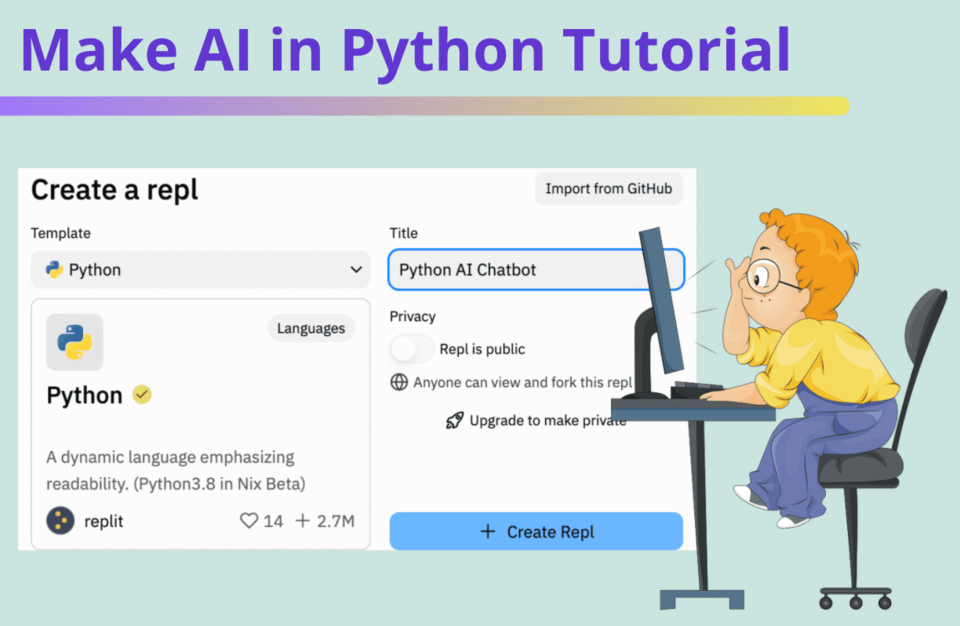Python is a high-level programming language that aims to forge new paths in AI development. This programming language is known for its simplicity and efficiency. It’s at the forefront of enabling machines to mimic human intelligence. It’s capable of creating chatbots that ease customer service and algorithms that predict future trends. The role of this programming language in enhancing human-computer interactions is undeniable. Let’s explore how Python is steering AI development and why it’s the choice for many developers.
The foundation of AI
The journey to developing AI begins with a solid grasp of its fundamentals. AI aims to equip machines with the ability to think, learn, and make decisions akin to humans. This involves crafting sophisticated algorithms that can analyze data, recognize patterns, and predict outcomes without direct human intervention. Python, with its extensive libraries and frameworks, offers a robust platform for such innovations.
One of the initial steps in creating AI applications is defining the problem you’re aiming to solve. Whether it’s enhancing natural language processing, improving predictive models, or advancing computer vision, Python provides the versatility needed to tackle these problems head-on.
The process involves collecting and preprocessing vast amounts of data to feed into the AI models. Python’s ecosystem, rich in data handling and manipulation tools, streamlines this task, making it easier for developers to prepare their datasets for analysis.
Selecting the right AI model is crucial. Python’s flexibility allows developers to experiment with various models, from neural networks to machine learning algorithms, ensuring they find the best fit for their project.
Training these models is a resource-intensive process, but Python’s efficient computing libraries can handle the heavy lifting. It optimizes the training phase to produce reliable and effective AI systems.
Building a chatbot with Python
Chatbots are virtual assistants, capable of understanding and responding to human language. They’ve become ubiquitous in customer service and personal assistants like Alexa or Google Home. Creating a chatbot begins simply by initiating a Python program and incorporating basic elements like greetings and farewells.
Developers then add layers of complexity, programming the chatbot to recognize and respond to specific keywords. This interaction is made possible through lists and loops in Python, which manage the chatbot’s vocabulary and responses. The inclusion of the random module adds a touch of unpredictability, making conversations with the chatbot feel more natural and less scripted.
But what truly sets this high-level programming language apart in AI development is its capacity for learning. Developers can teach chatbots new responses, continuously expanding their ability to engage in meaningful dialogues. This adaptability is key to creating AI that can evolve over time, becoming more sophisticated and useful with each interaction.
For those looking to embark on their own AI projects, Python is the starting point. The language not only facilitates the initial steps of AI development but also supports the complex processes of training, evaluating, and refining AI models. With Python, developers can create systems that not only automate tasks but also possess the ability to learn and adapt, mirroring the intricacies of human intelligence.





